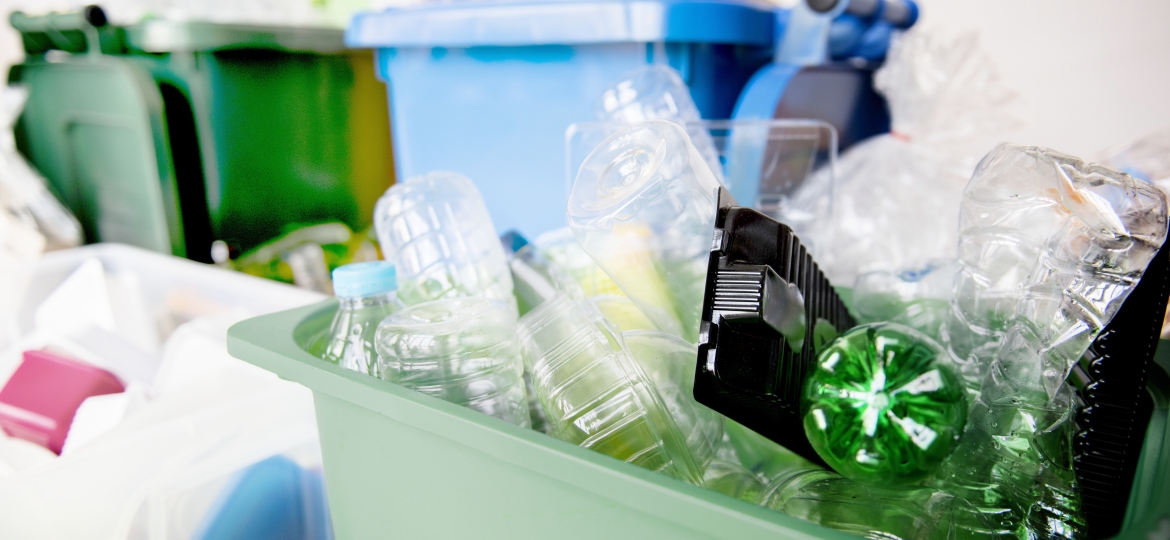September_Environmental Protection|Thermal Cracking Technology to Solve the Problem of Waste Plastics
The convenience of plastics has driven a dramatic increase in demand over the last century, with more than 50% of plastics ever produced in the history of mankind being produced after the 21st century, and global production of plastics exceeding 400 million tons in 2022 alone, and projected to reach 1.4 billion tons by 2050 based on this trend. Although we make a lot of plastics, these plastic products have a life span of up to 40% within 1 month, and the recycling rate of these waste plastics is less than 10%, which has led to the traces of these plastics from the peak of Our Lady of the Mount of Goddess of Mercy down to the Maryland Trench. According to statistics from the United Nations Environment Programme, more than 8 million tons of plastic waste flows into the oceans every year, and based on this trend, it is estimated that by 2050 there will be more plastic waste in the oceans than there are fish. What's more, after entering the ocean, these untreated waste plastics will be decomposed by sunlight and seawater to form tiny plastic particles, which will eventually return to our table through the food chain. According to a study conducted by the University of Vienna, widely used plastic materials such as polyethylene terephthalate (PET) and polypropylene (PP) have been found in human feces, confirming that plastic particles have entered every corner of the human living environment, and even our bodies are not immune.










